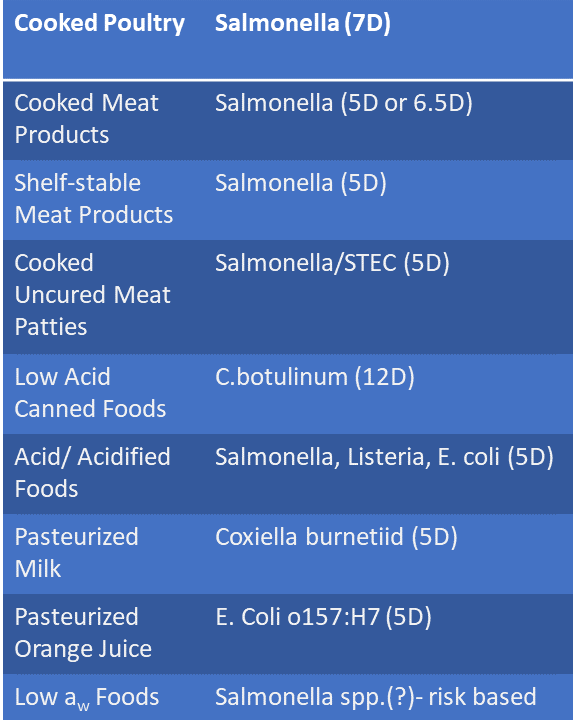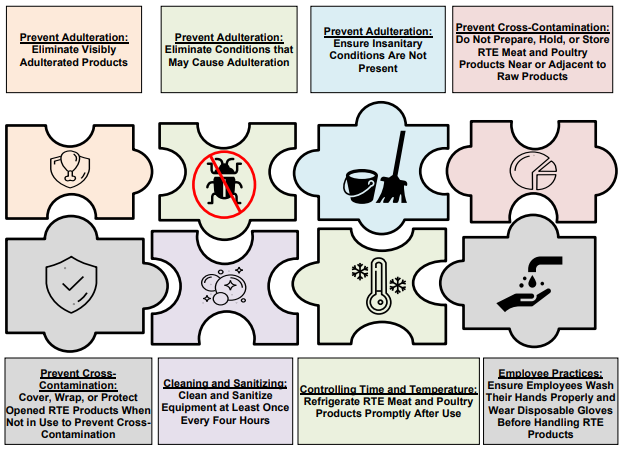A symposium at IAFP 2023 (S64), “Investigating Ambiguous Outbreaks and Adverse Events” sponsored by the Institute for the Advancement of Food and Nutrition Science (IAFNS) Food Microbiology Committee discussed the topic of “ambiguous outbreaks,” those outbreaks of foodborne illness for which definitive sources and/or pathogens targets are not known.
The FDA will issue a public health advisory for outbreak investigations that result in specific, actionable steps for consumers to take to protect themselves. However, some outbreak and adverse event investigations may not conclusively identify a source or reveal any contributing factors. Actionable steps for consumers are not available. FDA maintains a list of outbreak and adverse event (self-reported) investigations managed by their CORE Response teams. Although an investigation may reveal a particular product or product category as a possible source of illness, the FDA will not publicly name a specific product until there is sufficient epidemiological evidence to implicate that product as a cause of illness or an adverse event.
Many investigations do not identify a pathogen or food vehicle responsible for an outbreak or self-reported illnesses in an adverse event despite extensive testing for numerous potential microbial and chemical adulterants. What learnings can be taken from these investigations that could improve resolution and contribute to an improved prevention strategy? This symposium delved into the question. A recording of the symposium will be available from IAFP.
Speakers discussed improved investigational approaches and tools, the use of Root Cause investigation and analysis to uncover factors leading to attribution, improved outbreak communication strategies for reaching consumers and industry, and new areas of research.
Ambiguous outbreaks can be grouped into one or more of the following categories: outbreaks with a known source and unknown agent, a known agent and unknown source, or an unknown agent and unknown source. Dr. Craig Hedberg, University of Minnesota, discussed improved investigational tools to detect and identify a causative agent such as culture independent diagnostic tests (CIDT) and whole genome sequencing. He also reviewed advances in epidemiological and environmental assessments that improve the chances of making connections between an illness and the source when studying outbreaks for which definitive sources and/or pathogens targets are not known.
Dr. Tim Jackson, FDA, reviewed reasons why the root cause of an outbreak is often ambiguous. Investigations into outbreaks are usually retrospective, analytical testing is statistically limited and often inconclusive, and some foods with short shelf lives may not be available for analysis. Additionally, there may be limited tools for analysis of some causative agents. With multi-component or assembled products, processes and supply chains may be complex with a variety of growers/suppliers, manufacturers, retailers, and distributors. Accurate and precise traceability programs are essential to the evaluation of underlying causes. Dr. Jackson discussed the tools available for root cause investigation and analysis and provided examples of how they have been used in the resolution of outbreaks.
Michael Vasser, CDC, examined the impact of reoccurring, emerging, and persisting (REP) strains on ambiguous outbreaks. Some enteric bacterial strains cause acute outbreaks linked to specific sources. Other strains that are closely related by whole genome sequencing, referred to as REP strains, can reoccur and periodically cause acute outbreaks. They can also emerge and increase in frequency or persist and cause illnesses over periods of months or years, despite investigation and prevention efforts. They do not present as typical acute outbreaks. While illnesses caused by REP strains may be associated with a common reservoir or source, the linkage is often inferred but not proven. Mr. Vasser commented that, in fact, most illnesses reported through PulseNet are not linked to a source (90% of isolates do not have an assigned cluster code). REP strains could actually be the cause of a larger fraction of illnesses than
typical outbreaks. Investigation of REP strains will create opportunities to characterize new sources of enteric disease and develop novel prevention approaches.
Mitzi Baum, STOP Foodborne Illness, discussed the critical need for improved communication channels to the public and industry when outbreaks occur. Stop Foodborne Illness is a non-profit public health organization in the United States dedicated to the prevention of illness and death from foodborne pathogens. The organization was founded in 1993 following an E. coli O157:H7 outbreak in California and the Pacific Northwest. While ambiguity in investigations does occur, it is essential that public health officials provide relatable and actionable information to consumers in these circumstances.








